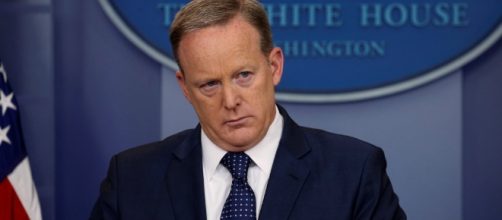The White House press briefings, which have been a Washington tradition for years, are now losing importance and becoming increasingly inaccessible under Trump’s administration. They are now shorter, held less frequently and don’t release much information. In fact, in recent times, many of these meetings are being held off-camera where live broadcasting is strictly prohibited. Audio recording is allowed but can’t be released prior to the conclusion of the briefing. Even though Trump has held several short press meetings when foreign leaders visit, he hasn’t held a proper press conference after February.
The ones who are responsible for live broadcasting of the events are obviously not happy with the new changes.
No negotiations as of now
However, the president of White House Correspondent’s Association, Jeff Mason was in favor of negotiating so that the government officials can face questions from the press regarding all matters related to the US. Such negotiations didn’t make any considerable effect on the current scenario and for the third time in a week, an off-camera press briefing took place in White House on 23rd June. Press organizations were asked to not air the briefing and not broadcast any audio recording before the end of the briefing.
CNN’s new strategy
The major media networks have accepted the new rules with some reluctance.
However, CNN which has particularly opposed these new rules sent a courtroom sketch artist to the press briefing room who made a sketch of White House press secretary Sean Spicer as he was addressing the reporters.
CNN’S chief White House correspondent, Jim Acosta said that he feels that they are being forced to accept this new trend as something normal where the president of US is allowed to skip answering questions that matter. He even said that if the media is not being able to record or broadcast the briefings, then it is pointless to even attend such briefings. He has asked press organizations to stand in solidarity against this turn of events and take collective action.
What is the real agenda behind this?
When asked about the reason for such off-camera briefings, Sean Spicer gave a vague answer saying that it is not really important whether all the discussions about important US policies can be viewed on television or not. Even Deputy Press Secretary, Sarah Huckabee Sanders, couldn’t give any satisfying explanation for the same. Mr. Spicer, who used to attract a large number of television audiences, has now reduced his presence and at each briefing, fewer questions are being addressed.
Some reporters consider this to be a way for Spicer to avoid tough questions or prevent himself mistakenly saying something which could upset Mr. Trump. According to sources, some of the administration officials have also hinted that Spicer has already discussed taking a more senior communications role at the White House, which is why he has started to look for replacements for the briefings until he moves up to a higher position.


